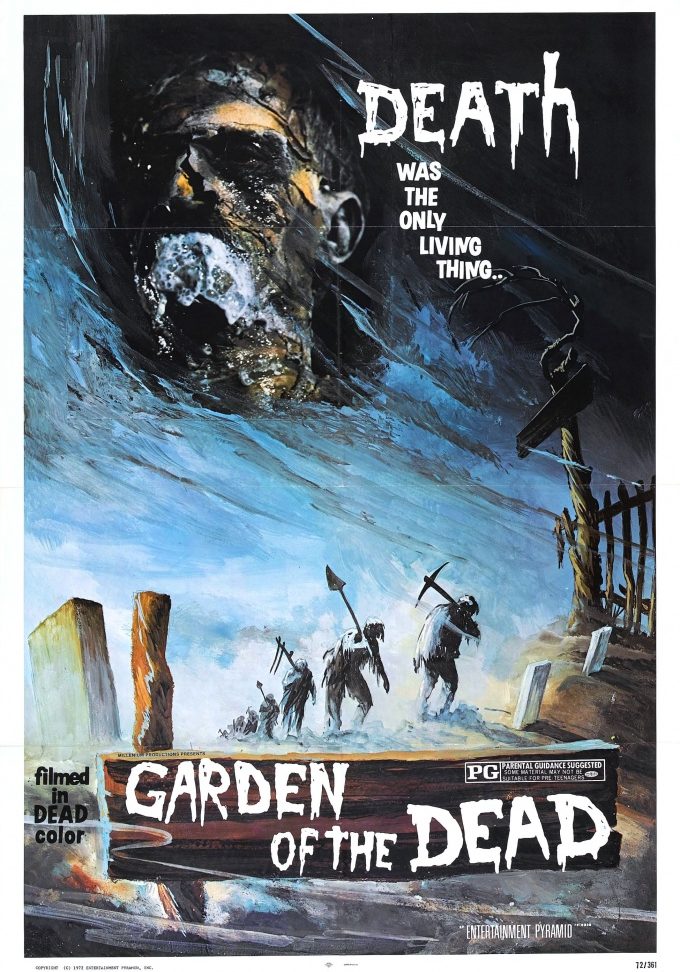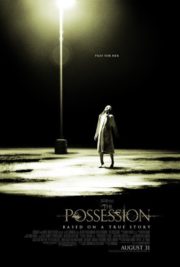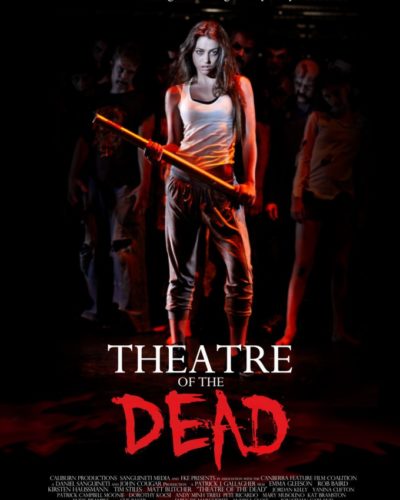Rising from the Earth: An Unearthed Terror
“In the soil of our sorrow, horrors are seeded.” This chilling line from the oft-forgotten 1972 B-movie ‘Garden of the Dead’ serves as a fitting encapsulation of the film’s central conceit: the terror that lurks just beneath our feet. Directed by John Hayes, ‘Garden of the Dead’ is a low-budget oddity that emerged during a time of significant evolution within the horror genre. The film revolves around a group of convicts toiling in a prison camp who, after a failed escape attempt, find themselves exposed to experimental formaldehyde fumes, resulting in their return from the grave with a surreal craving for human blood and vengeance.
The Creeping Dread
‘Garden of the Dead’ harks back to the atmospheric touchstones of earlier horror. While the film lacks the polish and sophisticated suspense of its big-budget contemporaries, it manages to exude a certain eerie charm. The horror atmosphere is primarily achieved through a combination of unsettling moans of the undead and the desaturated visuals of their surroundings, contributing to a sepulchral mood that is both forlorn and foreboding.
The director, John Hayes, wields a heavy hand in his approach to tension and fear, relying on traditional B-movie staples such as sudden scares and a creeping sense of doom. However, the execution at times feels hampered by the film’s budgetary constraints, leaving some potentially startling moments feeling unintentionally comical.
Cinematic Shadows and Screams
In dissecting the film’s cinematography and visuals, ‘Garden of the Dead’ toes the line between camp and genuine horror. Lighting is consistently low-key, with dark shadows enveloping the characters, hinting at their inexorable doom. While Hayes’ camera work is rudimentary, there is an occasional flair in the usage of angles and framing that suggests a more profound attempt to unsettle audiences.
The audio landscape of ‘Garden of the Dead’ fares better. Eerie sound effects and a minimalist soundtrack play prominent roles in amplifying the bleak ambience of the prison camp and later the scenes of the undead stirring. There are moments when the soundtrack’s piercing strings coincide perfectly with the visual horror, reflecting the high notes of genre masters like Alfred Hitchcock’s ‘Psycho’.
Performances Buried in Gravitas?
As for the performances, the credibility of the characters’ terror is a mixed bag. The leads offer a serviceable if unsubtle rendition of men grappling with their morbid fates. However, their development is hindered by a script that prioritizes plot over deeply explored personalities. The actors’ ability to contribute to the sense of horror is palpably strained by a script that offers little room for genuine engagement with the audience.
The film indulges in traditional undead horror elements, echoing the tropes established by George A. Romero’s seminal works. The ‘Garden of the Dead’ neither fully embraces the psychological facets of its premise nor transcends the physical grotesqueness expected of the zombie subgenre. Instead, it delivers a straightforward, if shallow, portrayal of resurrected revenants.
Morality in Decay
Uniquely, ‘Garden of the Dead’ grapples with themes of captivity and post-mortem retribution. While the film never delves deep into its philosophical potential, it flirts with the notion of prisoners’ spirits being as trapped and unsettled as their corporeal forms. This subtext, while intriguing, remains underdeveloped, resulting in missed opportunities for more resonant societal commentary.
Conclusively, as a horror movie, ‘Garden of the Dead’ is an artifact of its time—a period piece that resonates more through its camp value than sheer terror or innovation. While not paralyzing in fright, it may amuse or entertain those with an affection for B-movie horror or vintage film aficionados predisposed to appreciating cinematic relics.
The film might find its fans within the niche crowd that celebrates the raw, unrefined edges of horror’s past. Still, it offers little to the modern viewer spoiled by sophisticated scares and polished production values.
For those who venture into this ‘Garden’, beware the formaldehyde-laden fumes—not for the faint of heart or those sensitive to depictions of crude violence and death.
Despite its limitations, ‘Garden of the Dead’ plants seeds of terror that could sprout interest for those willing to look beyond its earthly confines and see it as a window into the early 70s horror culture. Just remember, not all gardens are meant to be admired, some are best left to the dead.




